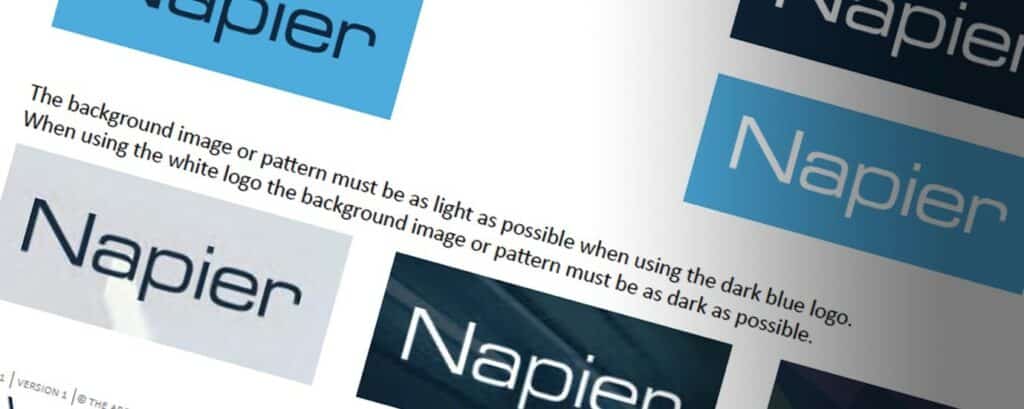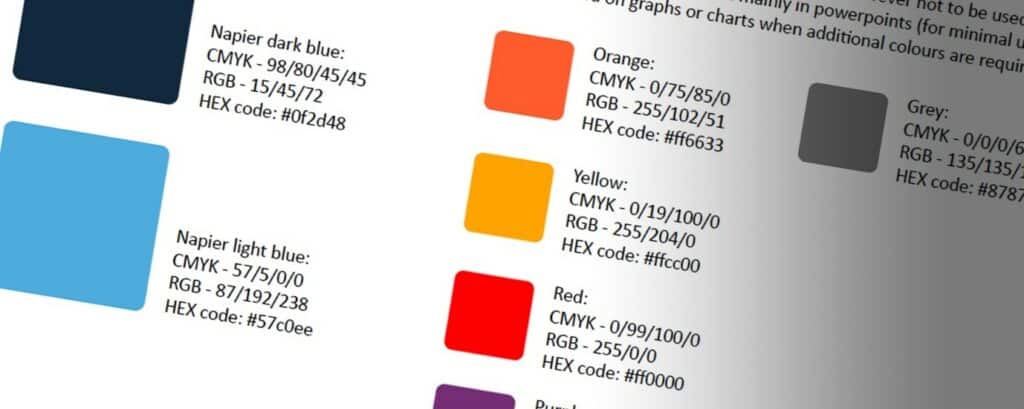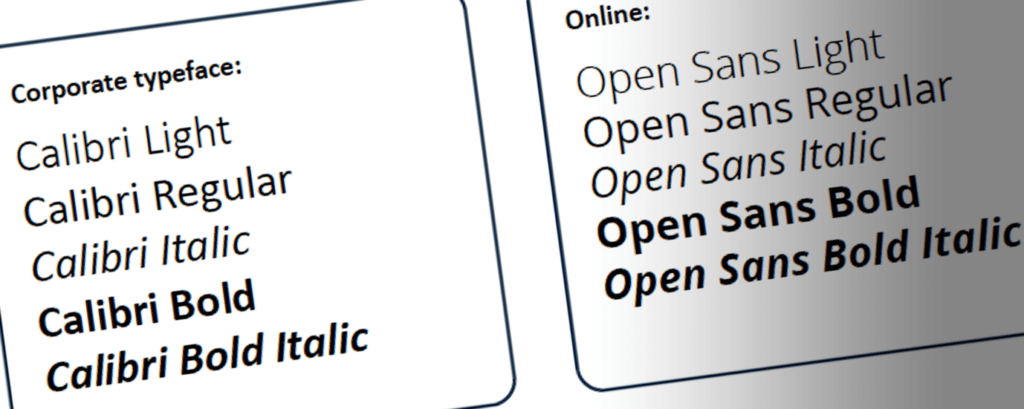Brand guidelines are essential in today’s ever-expanding business world. Companies must look for ways to connect emotionally with customers and create everlasting relationships. Although it may feel like a cliché, the truth is people can fall in love with brands in B2C and B2B environments.
Whatever the stage of your company, or how strong your marketing strategy is, there are often still misconceptions about brand guidelines and why they are important.
The Importance of Brand Guidelines
What are ‘brand guidelines’? They are a set of tools/resources designed to give your brand consistency and flexibility. Designers most often reference these to ensure they’re using the right fonts, colour palette, and logo versions, however, effective guidelines should be much more than that. They should be seen as a defined resource that everyone in the company can refer to, to ensure the brand is represented consistently and communicated effectively with customers.
Here are five reasons why brand guidelines are so important:
1 – Define a Clear Understanding of Your Brand
Brand guidelines are used by employees to understand and reflect the company values in the way that they interact with customers. Everyone should have a clear understanding of what makes your company unique.
2 – Consistent visual communication
With brand guidelines in place, you can ensure your brand’s elements are being used effectively and look professional on every occasion they are used. Guidelines give companies control over the way others use their brand so that its visual appearance is always consistent.
3 – Build Relationships
You can use brand guidelines to illustrate relationships between a company and the stakeholders associated with it. If you have partners or affiliates, provide them with guidelines to help them represent the brand accurately and effectively.
4 – Adding Value
The value of a brand is essential to a company. When a brand’s identity is cohesive, it increases the brand’s perceived value and allows your company to appear more professional and reliable. With brand guidelines in place, it is easier to maintain the quality and integrity of the brand’s image.
5 – Perception
Every time you communicate with customers, suppliers, employees, investors, journalists, and the community, it is essential to set, build, and keep a consistent perception of your company. Brand guidelines provide an easy way to do this, especially when different departments handle communication to different areas of the target audience.
What elements should be considered when creating brand guidelines?
There are several key elements which should be created when designing brand guidelines, to ensure your document is concise and effective.
Logo
All variations of your logo should be included, and it should also highlight any sub-branding.
The primary logo is the main focal point of your branding and the image that will be used most often. Your brand style guide should include all variations of your logo, including your primary logo, secondary logo and taglines, where applicable.
Logo Usage
With many variations of your primary/secondary logo(s), the guide should be used to identify which logo to use for any given scenario. The main things to consider are background colours, and the use of watermarked images and patterns. Make this clear on when to apply in any given variation.
To ensure that your logo can be seen clearly across all communications, establish a minimum size for the logo to be used for print or digital assets.
Lastly, make sure you state rules for things to avoid such as:
- No skewing/scaling the width or height of your logo
- Choosing any unapproved colours
- Rotating the logo

Colour Palette
The branding colours chosen can be the most recognisable aspects of your overall branding.
There are no restrictions on how many colours can be used, however, you would normally expect to see very few primary/secondary colours, enhanced by more supporting colour options. This can be a time-consuming part of creating brand colours and time should be spent to make the best choices.
If a brand is modern or conservative then you may want to stick to a minimal amount of colour, whereas a bright and friendly approach may dictate the use of multiple bright colours.
Once deciding your brand colours, assign the colour codes in your brand style guidelines to ensure the exact colours are used across all forms of communication. Web design colours are often referred to as HEX Codes. An example of this is #FFFFFF (which equates to white). Digital-based assets usually are created using the RGB colour palette and print would generally use CMYK or Pantone colour codes. It’s important your brand guidelines cover all colour codes to maintain consistency across the organisation.

Fonts/Typography
Fonts can be very important and sometimes overlooked when establishing a set of brand guidelines. This should reflect your brand and give the appearance of how you would like your company to be perceived.
Again, there are no restrictions on how many to use but generally, you would consider two font families. This would be listed along with the variations of that particular font.

Imagery
It is important to establish image guidelines for your brand to help maintain consistency across all platforms including your website, email marketing, social media and print marketing materials.
Be descriptive and provide examples of appropriate visuals, it is just as important to identify what is NOT appropriate as it is to highlight the styles that are accepted.

Conclusion
Branding to any company should be the very soul of its business and should encapsulate everything about it from the look and feel, to the personality in which it should be perceived by others.
Recognition is more important now than it ever has been before. The world is a wash of digital marketing activity and can be seen across multiple different platforms. Make people recognise your brand using consistent and methodical approaches. It is up to you to create a powerful identity and to make your voice heard.
Interested in how we can help you develop brand guidelines? Why not get in touch, we’d love to hear from you.
Author
-
Rob leads creative design projects for all Napier clients, covering print collateral, advertising campaigns, exhibitions, online graphics, Flash and emailers. He is supported by a team of freelance graphic designers. Rob provides cutting-edge creative design that enhance our clients’ image and communicates effectively with their target audience. He has experience in a wide range of industries from consumer to engineering and specialises in helping clients maintain their corporate brand values when executing fresh and innovative campaigns that demand attention.
View all posts
